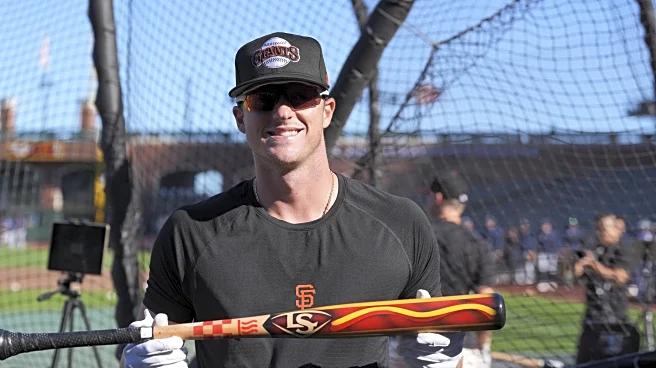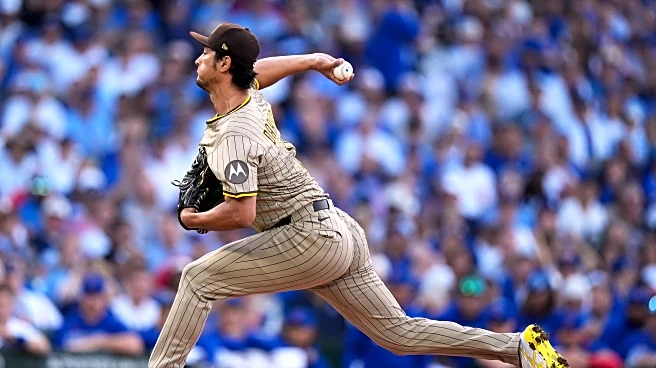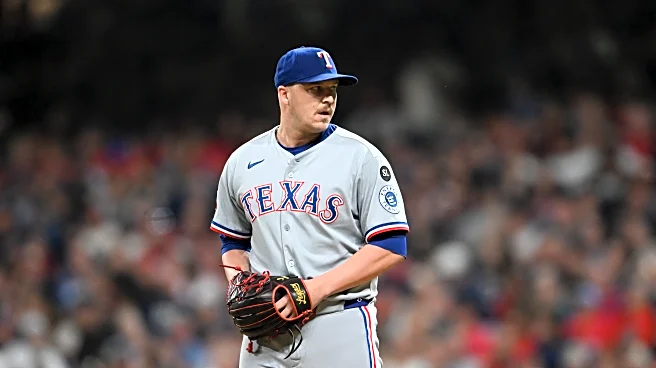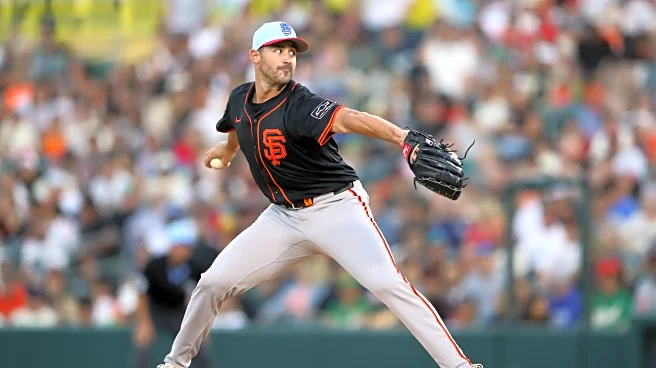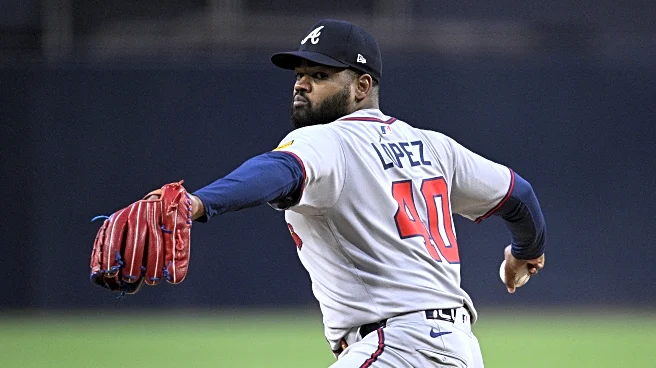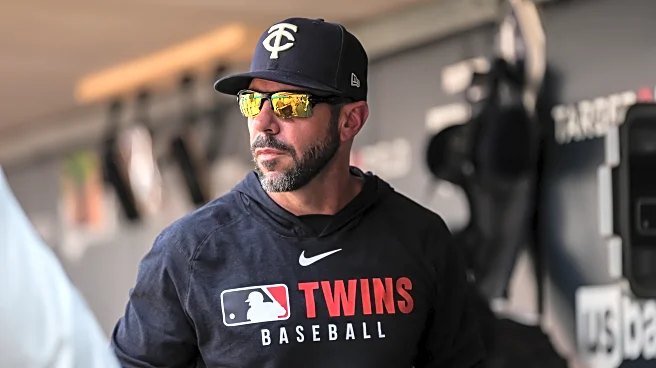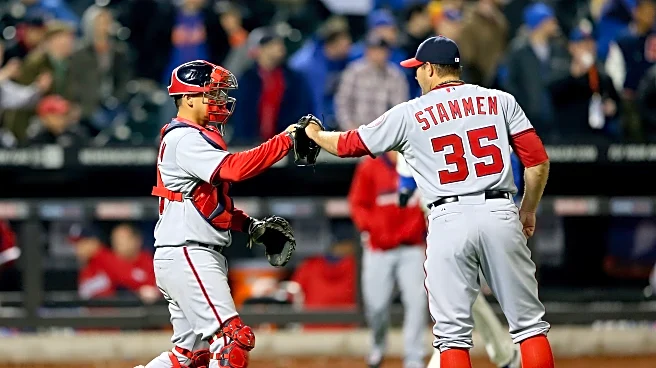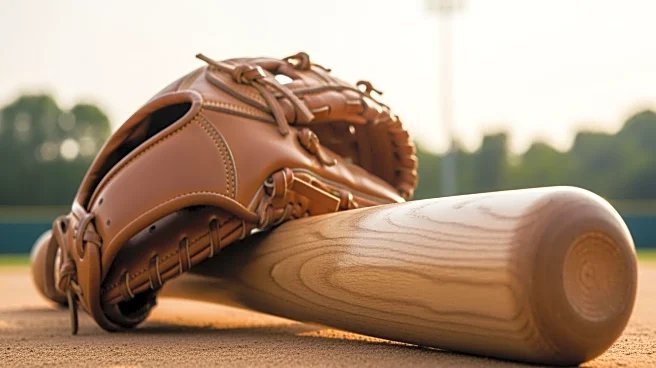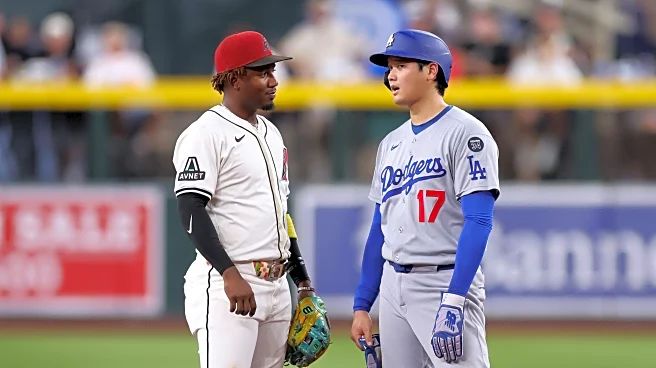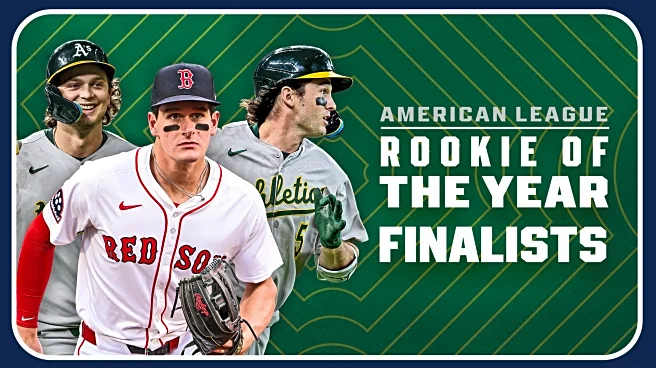2025 stats: 72 G, 243 PA, 4 HR, 9 SB, .217/.278/.327, .111 ISO, 74 OPS+, 7.0 BB%, 28.8 K%, 0.2 fWAR
“YOU WERE THE CHOSEN ONE,” might’ve been all I needed to write for this, but at the end of the day, it’s not a massive surprise that Fitzgerald wasn’t able to follow up his compelling semi-breakout season of 2024. Disappointing, yes, but pretty easy to predict.
Still, it really hurts.
I was rooting for him so very hard. I thought he was the Giants’ secret weapon, a power-speed combo threat they hadn’t
had in their lineup for… years. In last year’s review I talked about him being a secret weapon and one of the most powerful hitters in the franchise, but also concluded, “It’s true that he petered out and that could be indicative of a guy who had his moment in the spotlight and in 2025 will play himself into an afterthought role, but I’m going to be optimistic, because why not?”
So, this is on me for having optimism. My skepticism and years and years of watching baseball were spot on.
The key going forward will be adjusting back to the league’s adjustment to him. His first 200 plate appearances: 14 HR on a .998 OPS. His final 141 PA: 1 HR and a .597 OPS. Maybe he’s not a shortstop and maybe he’s not a starter or maybe he just needs a little more time to steep in the major leagues.
Having said all that, through April 30th of this season, Fitzgerald’s triple slash was a healthy .284/.341/.432 (.773 OPS) in 90 plate appearances (25 games). Then he hit the injured list because of a fractured rib he suffered on a diving play that caused him to land on his glove after making a catch. But up until that point, he was 19% better than the league average and ranked 61st on the list of hitters, and behind only Brendan Donovan, Gavin Lux, and Tommy Edman amongst MLB second basemen.
It was a rough start, though, with a 5-for-28 to start the season, but in 58 plate appearances leading up to his injury he slashed .340/.397/.547 (.944 OPS) with 3 doubles, a triple, and a pair of homers. His 6.8% walk rate and 20.6% strikeout rate were good, maybe even great — the NL averages overall in 2025 were 8.5% and 21.9%, respectively. One might argue, “Well, Bryan, that’s just small sample size noise combined with the early season,” and in response I would say, “Nah, he talked to Barry Bonds and got straightened out.”
“Barry actually helped me with that a little bit the last homestand. Just trying to get on top of the ball. As you can see, just with that thought, I’m able to backspin balls a little better. I’m trying to stay with it and get rid of some of those bad habits that I had and a lot of swing-and-miss that I had before.”
We almost had it all…
Alas, that injury brought it all crashing down. After returning from the IL a bit prematurely (the Giants were in desperate need of his offense, you’ll recall) he slashed .186/.245/.227 over his next 110 plate appearances (32 games) before being sent back to Triple-A. It wasn’t bad luck. His 6.4% walk rate stayed the same but his strikeout rate jumped to an unplayable 30%. He stayed down for exactly 4 games before the Giants needed him again, but his return stint lasted just 6 games. He was 4-for-20 with a homer and 2 doubles, but he also had 9 strikeouts against just 2 walks.
And complicating matters was that Casey Schmitt had jumped ahead of him on the depth chart. For a time, Christian Koss and Brett Wisely had, too, but they played themselves out of a role in Schmitt’s absence giving Fitzgerald another shot — to be Schmitt’s backup. The return of the power was encouraging, but a high strikeout guy wouldn’t make for a good pinch hitter or late-game replacement in the way the Giants would need given how… delicate… the lineup was.
The Giants gave him another shot in August not just to backup Schmitt but also to maybe boost the outfield. He had 4 games in right field. He played in 9 total games and went just 2-for-19 in 21 plate appearances, with a homer, a single, 2 walks, and 8 strikeouts. He played a total of 54 games for the River Cats and hit just .246/.321/.379. That’s disastrous for the PCL. By the end of the season, all of the promise of last season had evaporated.
He was by no means a Statcast darling in 2024, but the falloff in 2025 was obvious. His average exit velocity on (fewer) batted balls dropped from 87.7 mph (22nd percentile) to 84.5 mph. His defense and arm strength measures dropped, too. As Roger Munter noted in his Triple-A wrap on his invaluable There R Giants site, “What was more distressing was that his performance didn’t really improve much on being demoted to Sacramento — where he continued to have trouble both making contact and hitting the ball with any authority. Having just turned 28, his career is coming to a critical juncture.”
Sometimes, “disappointment” can be an understatement, but in this case, I think the risk was pretty obvious, and Fitzgerald’s season — injury or no — was always more likely than 50/50 to turn out poorly. The injury is probably what keeps him in the back of the organization’s mind as Spring Training begins, though, but this season, tacked on to the end of last season, certainly suggests that this is a relationship that’s winding down.
It remains damning that he’s still one of the better speed threats in the organization.
And it feels gross to suggest that he hit his way out of a role with the Giants, too. He is one of only 3 second basemen in the history of Major League Baseball to have an .830 or better OPS in a rookie season of age 26. Of course, the other two underscore the risk he represents. The other two he shares the accomplishment with? Casey McGehee and Bill Everitt (1895). That’s rarefied air, sure, but neither guy wound up having great careers (87 OPS+ and 101 OPS+ the rest of their time in the majors, respectively).
If you remove the second base qualifier, Fitzgerald is still just 1 of 20 players to hit like that in their age 26 rookie season. I still think he’s on his way to McGeheeville, but compared to history, the list contains names like Hall of Famer Earl Combes, Al Rosen, Jim Gentile, Ferris Frain, and Al Bumbry, but also slightly more recent players like Dan Gladden, Corey Koskie, Yoenis Cespedes, and Mitch Haniger. Still, given all those names and the era we’re in, the age is a major factor.
It’s just harder for guys like him to break through. The Giants will almost certainly give him another shot in 2026, but expectations should be tempered.
